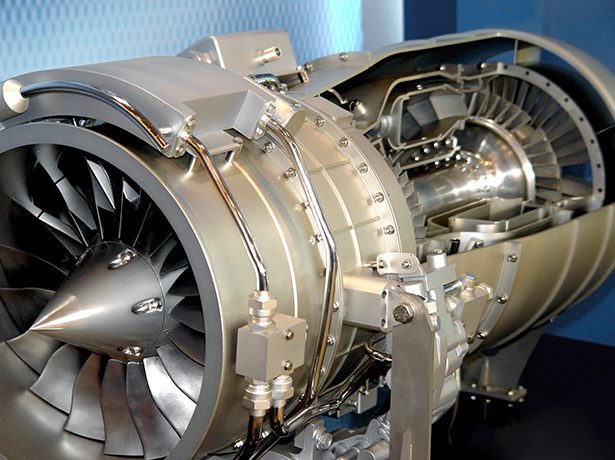Dip Brazing Services Available from Parfuse Corporation
Dip brazing allows the joining of multiple joints or parts of different material thicknesses. Dip brazing is a cost-saving option for assembling parts. Brazing furnaces are large, allowing mass production of medical equipment, electronics like fuses and electric motors, aerospace components like fuel lines, and military fixtures.
Parfuse Corporation produces high-quality brazements for aerospace, instrumentation, medical, avionics, military, electronics, and automotive industries.

Our Primary Services
Aluminum Dip Brazing
Aluminum dip brazing is very different from conventional welding and riveting. Instead of using lots of heat to form a joint, a filler metal is introduced between the joint interfaces.
The pieces to be assembled are brazed by flowing filler metal between the joint interfaces. The temperature at the time of introduction is usually below the melting point of the base metal. When the filler metal cools and returns to its solid state, it creates a firm metallic bond and connects the joint area. Take a look at the brazeable aluminum alloys:
| Table A | Economical | Strength | Energy Used | Control | Flexibility |
|---|---|---|---|---|---|
| Mechanical Bonding | Best | Good | Best | Good | Good |
| Adhesive Bonding | Good | Good | Good | Good | Good |
| Soldering | Good | Good | Good | Good | Good |
| Welding | Good | Good | Good | Best | Good |
| Aluminum Dip Brazing | Best | Best | Best | Best | Best |
Heat Treatment of Aluminum
Heat treating is a critical step in the aluminum manufacturing process to achieve the required end-use properties.
Heat treatment increases the strength and hardness of aluminum alloys. The process requires temperature uniformity, precise control of time-temperature profile, and compliance with industry specifications.
Secondary Services
Leak Detection
We conduct leak detection using an examination method to detect and localize leaks. Pressure testing is another method of verifying the integrity of a brazed joint, and we have the capability of testing up to 500psi.
Heliarc and Spot Welding
Heliarc welding uses helium, used as a gas shield to protect the metal, and an electrical current that creates an arc between the tungsten electrode and the base metal.
Silver Brazing, Soft Soldering
Sometimes referred to as hard soldering, silver brazing uses a silver alloy-based filler, heated to temperatures above 800°F. Through capillarity attraction, the filler metal is then distributed between parts.
Finishing and All Secondary Operations
The assemblies are polished, painted, anodized, and coated with chem film to prevent corrosion.
Salt Testing (Chloride Residue Removal & Testing)
Using the silver nitrate test, aluminum assemblies brazed using corrosive chloride-based flux are tested for flux and flux residues after flux removal.
The assembly is rinsed with deionized or distilled water until component areas are flushed. An aqueous solution of silver nitrate is then added. Assemblies are cleaned and tested until there’s no evidence of flux residue.
Assembly
Our top-notch, professional operators put together intricate, sophisticated assemblies to perfection.
From sheet metal components to electronic chassis and heat exchangers, Parfuse Corporation has gained outstanding respect for creative achievements in the production of intricate parts and assemblies. Assembly will be part of dip brazing.
